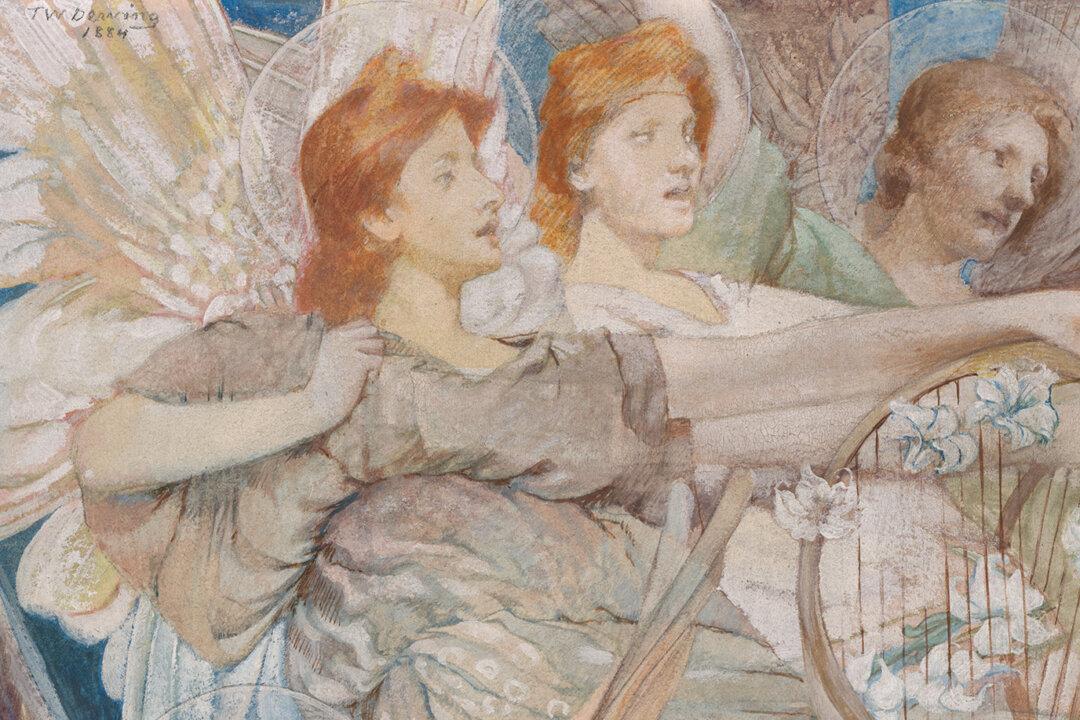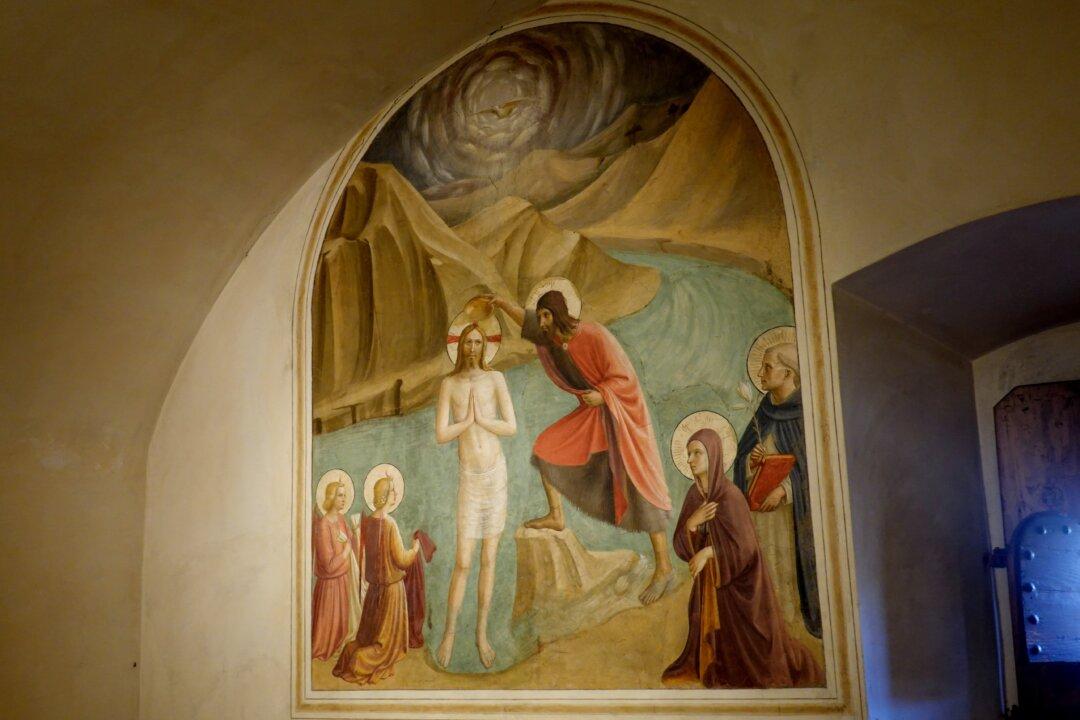Before the geocentric understanding of the universe was dismantled by Nicolaus Copernicus and Galileo Galilei’s observations, people believed the Earth was the center around which the planets, stars, sun, and moon revolved. This conception of the universe originated the Pythagorean philosophical concept of “musica universalis” (“universal music”), also known as “music of the spheres.”
Although this universal music was not audible to human ears, the idea was that the celestial bodies moved in such a way that produced frequencies and hums based on their orbits, and that the soul could perceive this inaudible musical harmony.






